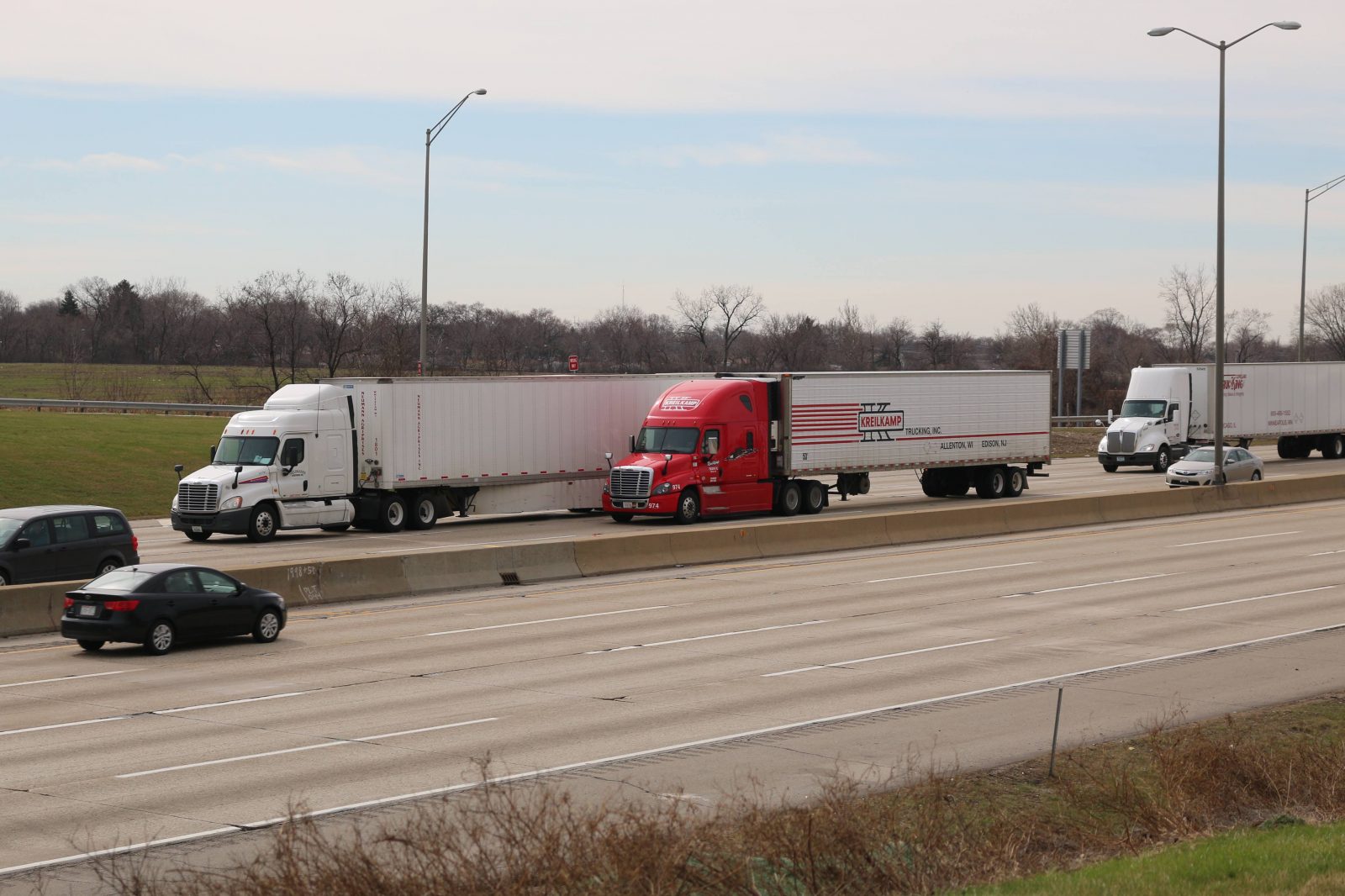Lower truck capacity, higher freight rates in 2020 according to Morgan Stanley predictions

Story by: Todd Maiden @ FreightWaves.com
Transportation equity analyst Ravi Shanker outlines capacity-curbing catalysts in 2020 that could send freight rates to 2018 levels
In a report to clients, financial services firm Morgan Stanley (NYSE: MS) examines potential reasons truck supply could be constrained in 2020, causing trucking rates to climb.
The firm’s transportation, retail and machinery analysts contributed to the report.
“We see five Trucking supply-side catalysts potentially constraining truck supply in 2020, similar to what the ELD mandate did in 2018. Memories of 2018 are still fresh which should help mitigate the impact but we still see risk to EPS [earnings per share] across Retail, tailwinds for Trucking (TLs) and Class 8 Trucks,” the report stated.
Capacity-constraining catalysts
The firm highlights five catalysts that could draw down truck capacity.
The first is the final electronic logging device (ELD) rule requiring carriers to convert from automatic on-board recording devices (AOBRDs), an earlier version of ELDs that provided significantly less data and the capability to alter some data, to ELDs by Tuesday, Dec. 17, 2019. The mandate is intended to provide a safer work environment for drivers, make the flow of data easier and faster and ensure the data is not compromised.
The second catalyst highlighted in the report is the precipitous increase in insurance rates. As juries in lawsuits related to catastrophic accidents have begun to award “nuclear verdicts” — those in the tens of millions of dollars — carriers have seen insurance premiums spike by 50% to more than double. Even well-capitalized, larger fleets have noted the pain from the increase in insurance rates.
The Drug & Alcohol Clearinghouse, which aims to speed the reporting of drivers’ positive drug or alcohol tests, was cited as potentially drawing down capacity as well. The clearinghouse is designed to prevent drivers from failing a pre-employment screening with one carrier then finding a job with another carrier before the positive test appears on their record. Reporting of failed tests on the federal database is required starting Jan. 6, 2020.
The International Maritime Organization (IMO) 2020 regulation, which begins Jan. 1, is aimed at significantly reducing sulphur emissions by enacting a 0.5% sulfur restriction in 2020, which is down significantly from the existing 3.5% mandate. This will require the maritime industry to use fuels with lower sulphur content. The expectation is that this will create increased demand for refined products like diesel. The range of forecasts on the impact of diesel demand is wide, with some speculating that as much as 2.5 million barrels of distillate per day would be needed to offset the high-sulfur fuel oil that the maritime industry can no longer use without installing scrubbers.
Morgan Stanley estimates that diesel prices could increase by 5-33%, placing increased financial strain on the smaller carriers, which make up the bulk of the TL industry. The thought is that many smaller operators have inadequate fuel surcharge programs in place to pass through the fuel cost increase to the shipper.
Lastly, the report cited California Assembly Bill 5, or the California AB 5 rule, as a headwind for truck capacity. The rule, which goes into effect Jan 1, 2020, is designed to limit the definition of independent contractors, requiring many of the independent owner-operators with whom carriers contract to haul loads to be reclassified as company employees. While the new bill faces legal challenges, some carriers have already begun to alter their operations in California, with some attempting to unwind their exposure to the state completely.
The Morgan Stanley report stated that the best-case scenario would provide no change to capacity in California if all owner-operators were offered and accepted employee driver positions with a company. However, it labeled this scenario “highly unlikely” and indicated independent contractor rules are a creeping concern as other states will likely begin to pursue some type of similar reform. This is already in the works in New Jersey.
Some of the trucking industry’s largest companies have also highlighted a range of headwinds to truck capacity in recent months.
The potential impact on rates and earnings
The report suggested that 2020 could provide a scenario similar to 2018 with regard to truck capacity and rates. In 2018, the year of the original mandate to ELDs from paper logs to enforce stricter adherence to hours of service rules, some truck capacity exited the industry in lieu of compliance. The firm believes that the 2018 mandate resulted in a high-single-digit to low-double-digit hit to truck capacity, causing TL spot rates to spike 30%, with contract rates moving 15-20% higher.
“2020 could potentially see a repeat of the supply-side constraints that drove truck pricing to all-time-high levels in 2018,” the report stated.
Story continues HERE @ freightwaves.com
Source and credits: freightwaves.com / / iTrucker / Mario Pawlowski



